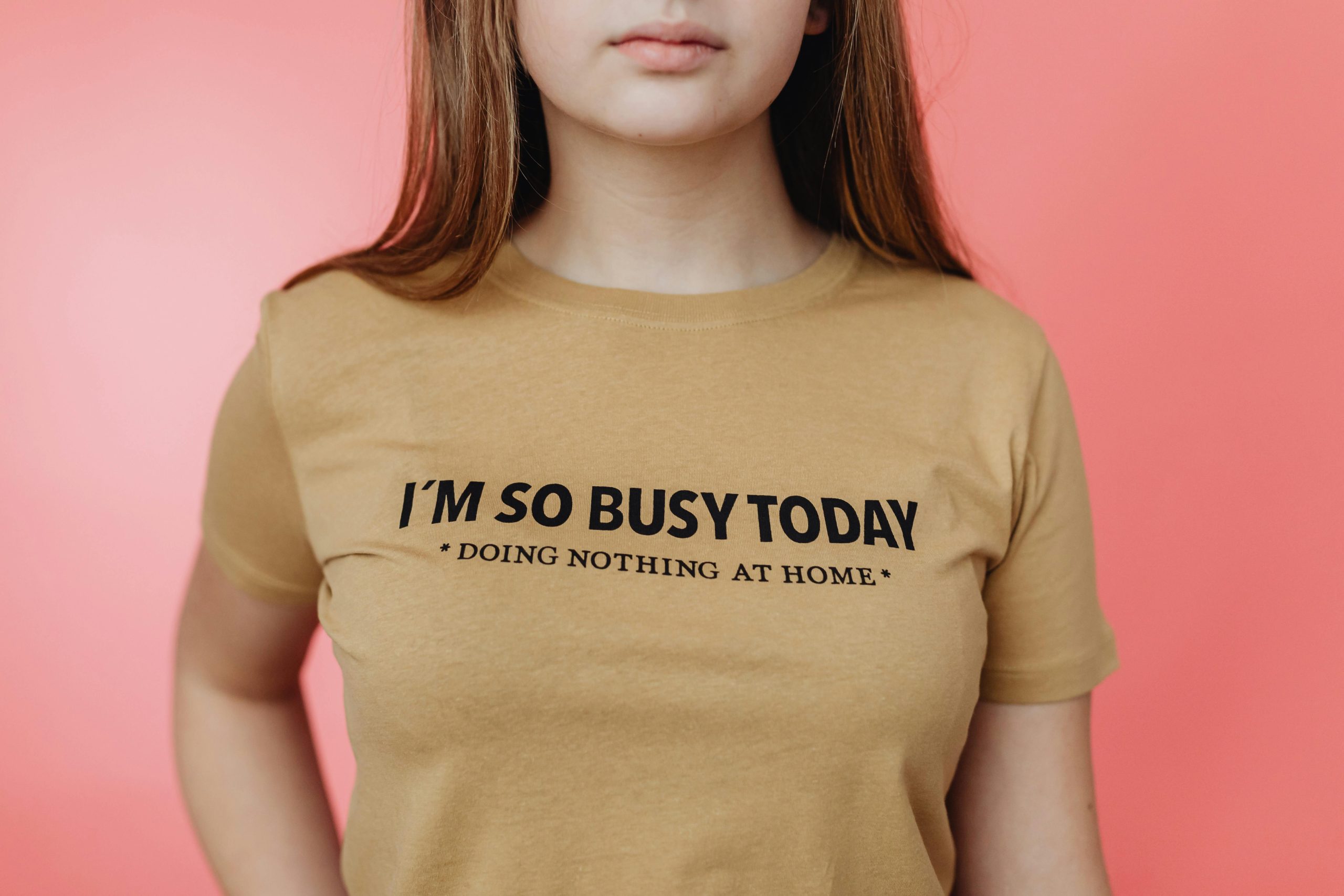
Publishing Coloring Books: The Beginner’s Guide
Whether you’re an artist looking to share your work or someone who loves designing fun illustrations, publishing a coloring book can be a rewarding project.

Share
Did you know that you can start your own merchandise business without ever stocking inventory or shipping products yourself? When I first heard about print-on-demand, I was amazed at how accessible it is for anyone with a creative idea or a niche audience. The thought of selling custom-designed T-shirts, mugs, or notebooks seemed overwhelming at first, but I quickly realized it’s not as complicated as it sounds.
In this guide, I’ll break down the basics of print-on-demand so you can hit the ground running. You’ll learn how it works, the tools you need to get started, and tips for success. By the end, you’ll see just how manageable it is to turn your ideas into real products and start earning. Let’s dive in!
Print on demand (POD) is a business model where products like T-shirts, mugs, and tote bags are created only after a customer places an order. Instead of producing items in bulk, POD allows you to design custom products that are printed and shipped directly to your customers through a third-party provider. This means you don’t have to worry about inventory, storage, or shipping logistics.
POD democratizes entrepreneurship by lowering the barriers to entry. You don’t need a big budget or inventory to start your own brand. It’s a flexible, low-risk way to test creative ideas or niche markets. For example, a graphic designer can sell art on products like hoodies or phone cases, while a pet lover could create a line of cat-themed merchandise.
Real-world applications are everywhere: from personalized gifts on Etsy to niche apparel brands selling on Shopify. Print on demand empowers individuals to turn their passions into profitable businesses without the overhead of traditional retail.
For more details, check out our article on the 7 benefits of Print On Demand!
Getting started with print on demand may seem daunting, but breaking it into simple steps makes the process much easier. Here’s how you can begin:
Starting a print-on-demand business can be exciting, but there are common pitfalls that many beginners encounter. Avoiding these mistakes will save you time, money, and frustration.
For more details, check out our article on the 12 common mistakes to avoid!
When it comes to succeeding in print on demand, having the right tools can make a huge difference. These tools help you create designs, streamline operations, and market your products effectively.
These tools are essential for creating professional and appealing designs.
These platforms handle production, fulfillment, and shipping for your products.
These platforms are where your customers will shop for your products.
Mockup tools help you visualize and present your products professionally.
These tools help you promote your products and measure your performance.
Understanding market trends and customer demand is critical for success.
Starting a print-on-demand business is an exciting journey that combines creativity with entrepreneurship. With its low-risk and highly flexible model, it’s an accessible way to turn your ideas into tangible products and share them with the world.
In this guide, we’ve explored the essentials of print on demand, from understanding its key components to avoiding common mistakes. By choosing the right niche, leveraging the best tools, and implementing smart strategies, you’ll be well on your way to building a successful business.
Remember, the most important step is to take action. Start small, test your ideas, and don’t be afraid to adapt and learn along the way. With persistence and the right approach, print on demand can become a rewarding source of income and a way to bring your creative vision to life.
Now it’s your turn. Take the first step and let your journey begin!

Whether you’re an artist looking to share your work or someone who loves designing fun illustrations, publishing a coloring book can be a rewarding project.

Sales channels are the platforms or methods you use to sell your POD products. These channels are essential because they determine who sees your products and how easy it is for customers to buy them. The right sales channels can amplify your reach, enhance your brand visibility, and significantly increase your sales.